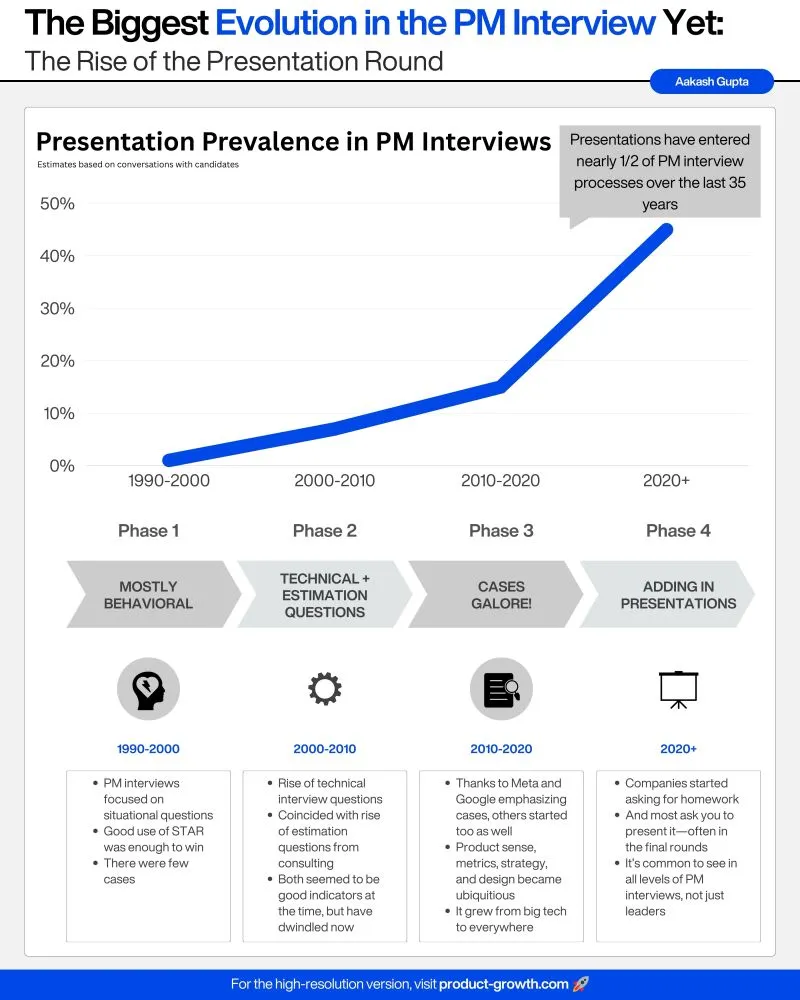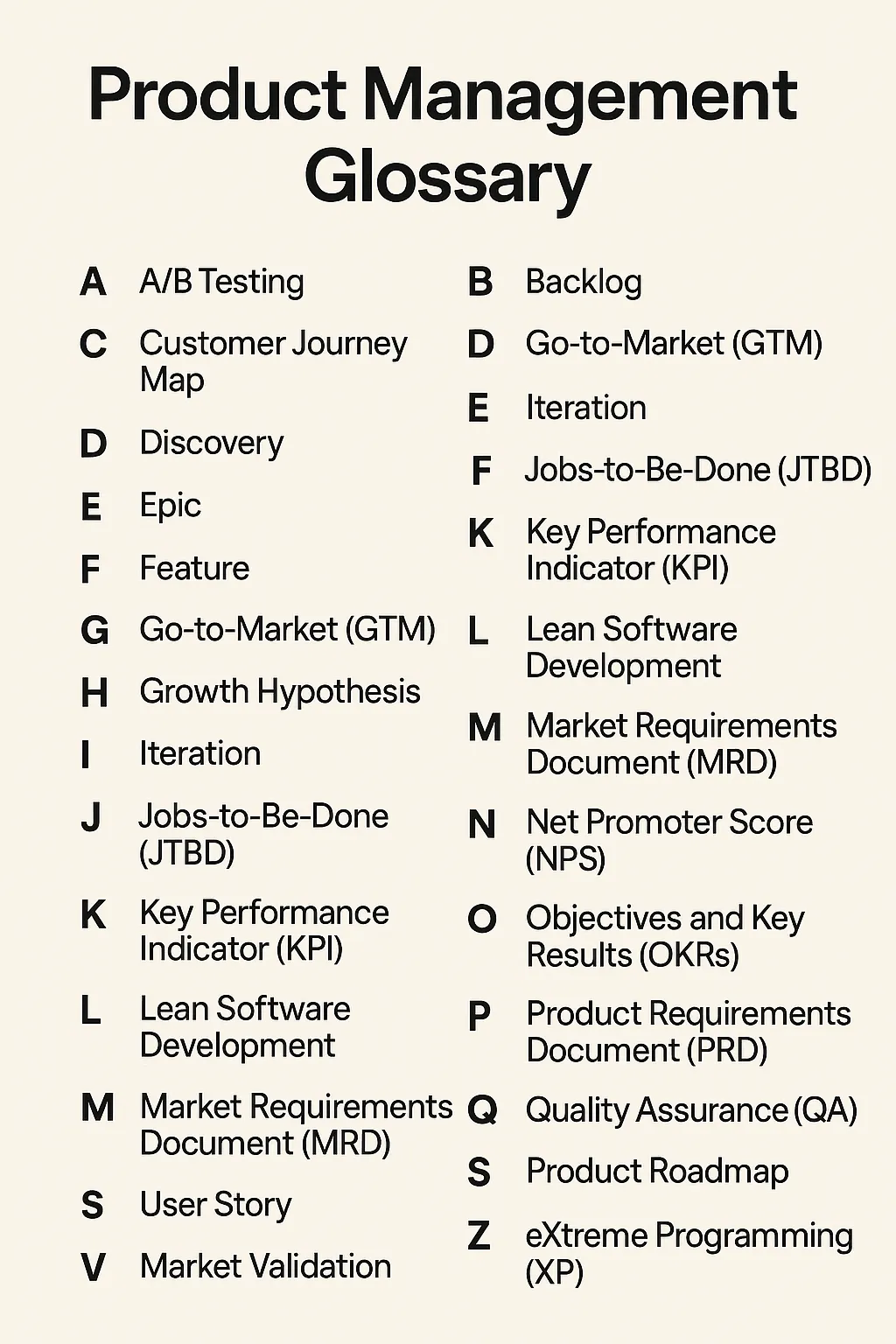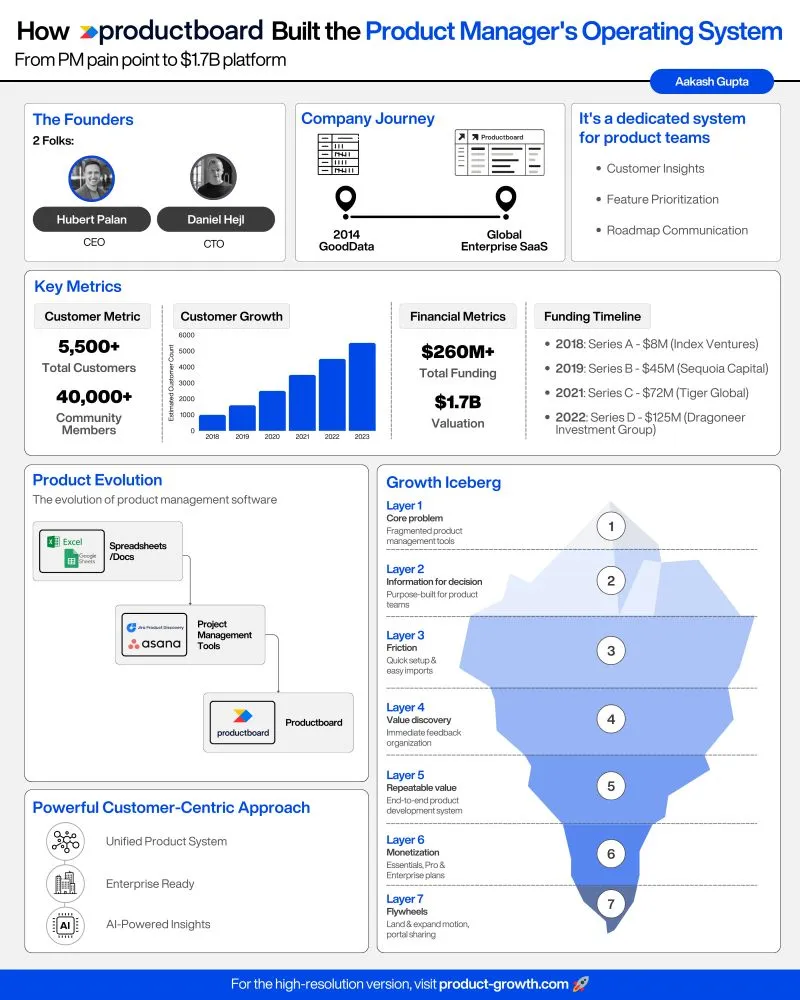
Sticking to Your Leadership When Facing Powerful Stakeholders
Asproduct managers, you often need to deal with stakeholders who are a few levels above you. At that seniority level, they don’t always see things through but still have a lot of impact on your ability to proceed in your own direction.
I once coached a product manager who had issues with an extremely powerful stakeholder. The product manager was relatively experienced and did good product work. She had solid product thinking, worked with data, prioritized properly — everything you would expect from a good product manager.
But this stakeholder challenged her all along the way. He had his way of working and wasn’t willing to hear of anything else. He wasn’t shy of saying what he thought she did wrong, and his communication style was aggressive and even condescending at times.
All in all, not the best grounds for collaboration and teamwork. Unfortunately, the manager depended on his cooperation and couldn’t get any outcomes without his partnership, so we had to deal with it.
You might think that it’s a management problem — someone should have told this stakeholder to mind his manners — but in reality, nothing helped. Management talked to him but wasn’t anywhere near letting him go. He was a valuable employee despite the fact that it was hard for the product department to work with him.
I see this happening a lot, especially with product managers who are senior enough to lead broadly but aren’t yet leaders of their own domain. It creates a frustrating gap where they have to work with people much more senior than them and find their way to lead despite the lack of symmetry.
One way to deal with it is to bring the product leader — the product manager’s boss — to every discussion. Usually, that’s not feasible and undermines the product manager’s ability to deliver results on their own. Escalations can only work so much; if you escalate too frequently, they’re no longer an effective tool.
The only option left, and the best one anyway if you ask me, is to help the product manager grow to the point that she can still lead despite the stakeholder’s style and strong opinions. It required us to not only get her product work crisp and polished but also boost her confidence and give her tools to deal with tough conversations.
Here are some of the best tips I gave her.
When They Complain, Don’t Apologize
Everyone has an opinion about product work, and confident people aren’t afraid to voice it. Senior stakeholders, who are usually fairly confident to begin with, might be used to people doing what they say, and when you don’t, they might tell you clearly and directly that you are wrong.
This is not an easy situation. Even if you are experienced and confident yourself, having someone tell you bluntly that you are going the wrong way can be shaking.
But what if they are the ones who are wrong?
I often see product people trying to defend themselves in these situations. But it usually has no effect.
If someone thinks you are wrong, and it’s because they don’t see the bigger picture, telling them that they are the ones who are blindsided almost never helps.
Instead, forget your own position for a moment and try to understand what bothers them.
Years ago, when I presented the product roadmap in a management meeting, and someone said, “You don’t understand business,” it was tough to hear. No wonder I remember it to this day. In the fight-or-flight mechanism, my initial reaction was ‘freeze.’ Then, I wanted to attack back. In my head, I told them that they were mean and that their response wasn’t valid feedback.
But in reality, all of that wouldn’t help.
As offended as I was, I decided to put their judgemental comment aside and focus instead on understanding what caused them to say it. I forced myself to see it as a concern, even though it was the worst possible way of conveying one.
Doing so allowed me to ask what they were really concerned about and shift the focus of the discussion from me to the roadmap itself. Had I insisted on saying what I really thought in my head, things like “That’s not a fair comment,” or “I do understand business, and here is your proof,” or “It’s you that doesn’t understand product management and how complex it is to build a roadmap,” I would have most likely convinced no one, make no progress in the discussion, and draw all the attention at this comment which was the exact opposite of what I had really wanted.
By shifting the conversation to their side and understanding what they were lacking, I was able to address it professionally and not let them drag the conversation to irrelevant and personal discussions. I was able to maintain my leadership and professionalism in this challenging situation.
Don’t Be Afraid to Debate Your Disagreements
When it comes to product feedback, people often argue about the details: whether to build a certain feature or not, whether to release with this issue, whether we work fast enough, etc. People would often say what they think we should do. They would talk about solutions and not about problems.
If this level of discussion frustrates you as it used to frustrate me, you have to remember that it’s very natural to talk at this level. When people see issues, it’s very difficult for them to crystalize the problem. It’s much easier to just say what they would do differently.
If you think about it, that’s exactly what product management is all about. As the topics become more strategic, the more complex it is to move from solution to problem to strategy.
So, if we put our frustration aside and understand that speaking about what we should do is just the tool that they have, we can take it upon ourselves to shift the discussion to the problem behind the solution and then to strategy.
Just like you do with customers — finding out what they really want, which could be different from what they tell you — you need to deal with your stakeholders.
As you do so, you might find that you have deep disagreements with the other side.
Many people get intimidated by this finding and shy away from dealing with it directly, but that’s the only way it can work.
For example, if someone wants you to do something before you release a certain feature to production, and you don’t think it should be a showstopper, there is probably a deeper disagreement between the two of you. It could be that you are optimizing for different things, that you have different goals in mind, or that you don’t understand the customer value the same way.
If you decide not to talk about what’s really there, your only option would be to debate the details of whether or not to release it. This would be an endless and pointless discussion since you would not be touching the root cause of why you see things differently.
Sometimes, just understanding that you have different goals in mind will solve the issue. Even if not, you can debate which goal is the right one or take it to management to decide if you disagree. You can’t do that if you don’t understand what you argue about.
Moreover, if you indeed disagree on fundamental issues regarding whatever you are working on, ignoring these disagreements will not make them go away.
To maintain your leadership in front of strong stakeholders, you need to be strong too. Tough conversations are part of the deal, and with the proper commitment to find resolutions, talking about the disagreements would make things better, not worse.
Don’t Agree Unless You Agree
Some people, myself included, have a lot of respect for seniority and authority. That’s why the coach and mentor position is so powerful for me: People actually want me to tell them where they are wrong. For me, it’s much easier to do that as an external coach than it was as an employee.
It could be that you have the opposite inclination of always arguing and telling your superiors that they are missing something. If you hear that you need to disagree and commit, that’s probably the case. But that’s not productive either.
What I often see is that people try to reduce friction by what they call ‘ choosing their battles ‘. The problem is that they don’t really choose. They avoid the battle, but they are not happy with the outcome. They feel they have compromised all along.
If you disagree with a powerful stakeholder, even if they argue badly, try not to get to the point where you “no longer care,” which is usually a lie you tell yourself. It’s just a nice way to cover the fact that you are tired of arguing.
Remind yourself that there has to be a better way, and there is.
If you think differently than someone, ask yourself why you think that. Have a solid opinion, but not just as a gut feeling. You have to be able to explain the logic behind that, the rationale that led you to think what you think. Alternatively, understand what is it that makes you uncomfortable with what the other person thinks you should be doing. It’s usually something specific that you disagree with.
Then, you want to have a productive discussion on it, as mentioned in the previous section.
If that still doesn’t help, and you are still in disagreement, end the discussion by saying that you have to think about it.
It’s a very powerful statement.
It means that you are not yet in agreement.
It means that you own it, and it’s in your hands to move the discussion forward.
It indicates that you are the one who needs to be on board to make it happen and that throwing many recommendations in the air isn’t causing you to lose your line of thought and logical thinking.
Then, of course, go to think about it and see if you can find a solution that satisfies everyone’s concerns. If not, share the progress you made and tackle what’s left.
Remember, the fact that senior people tell you what to do, doesn’t mean that you have to do it. Allow yourself to think things through even if it takes time. It usually leads to a much better outcome.










Comments ...
No Comments Yet ...Add One